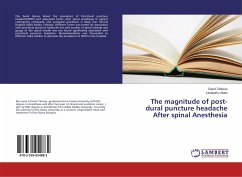Purpose: To determine the accuracy of prostate biopsy Gleason score (GS) compared to prostatectomy GS; To determine whether a biopsy is a satisfactory diagnostic procedure; To offer active surveillance for patients with low-grade prostate cancer. This study was conducted in Tuft Medical Center as retrospective cohort study over the period from 2007-2010. Measurements: Gleason scores of 6, 7, and 8-10 were assigned to low, moderate, and high-grades, respectively. The kappa statistic was calculated to assess the degree of agreement between biopsy and prostatectomy. The ROC curve was used to evaluate the sensitivity and specificity of prostate biopsy for different Gleason grades. Also, to compare whether the use of specific criteria for active surveillance (Johns Hopkins and UCSF) may decrease the level of upgrading in patients with low-grade prostate cancer using Chi-square test. It has been concluded that the accuracy of biopsy GS in predicting prostatectomy GS is severely limitedand therefore biopsy is not enough diagnostic procedure to offer active surveillance.
Bitte wählen Sie Ihr Anliegen aus.
Rechnungen
Retourenschein anfordern
Bestellstatus
Storno








